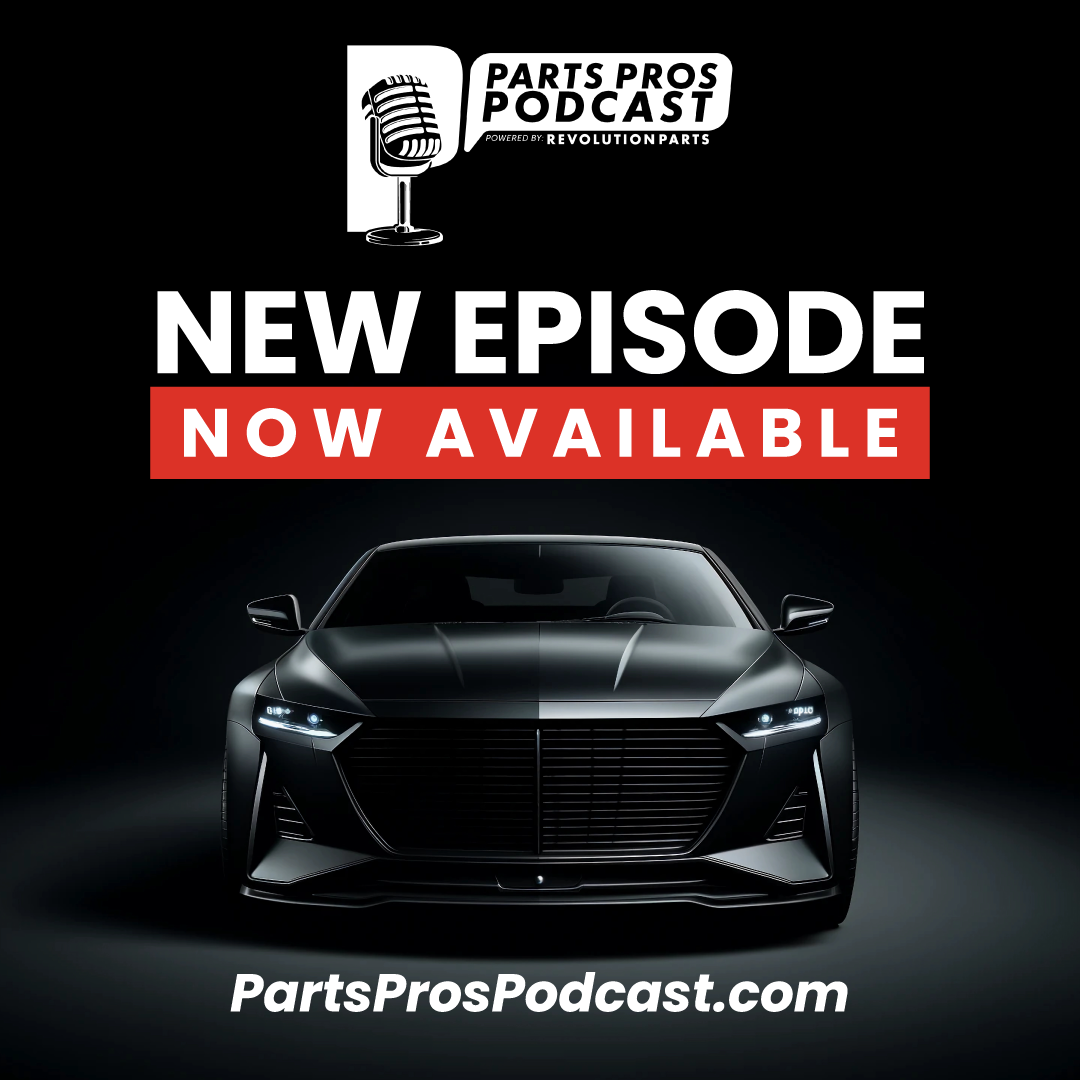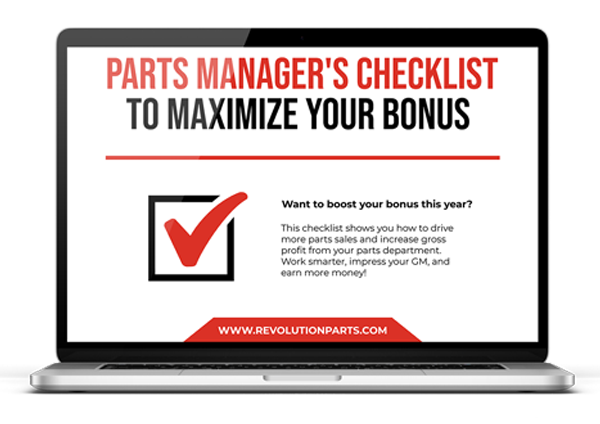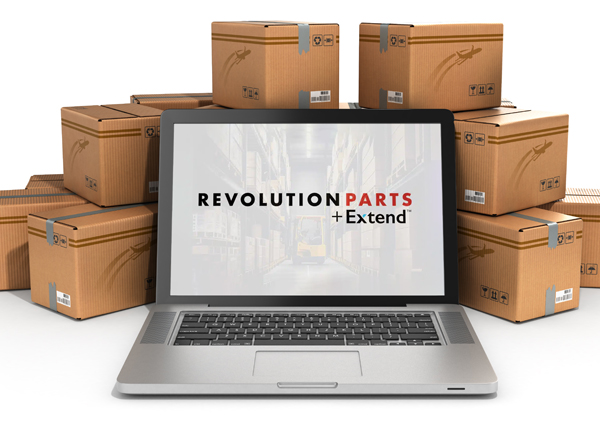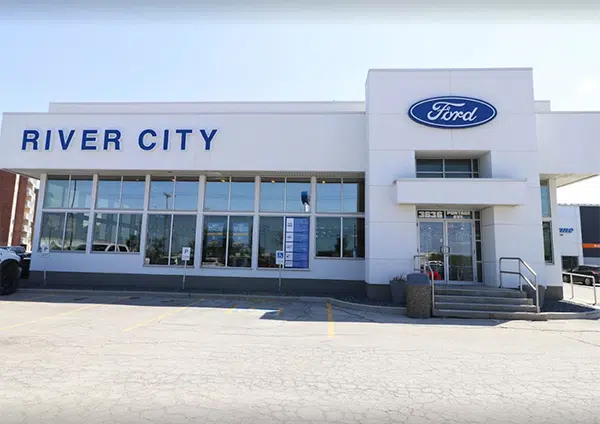This article was originally published in Fixed Ops Magazine, October 2024.
Today, dealerships face a pressing dilemma: How to prepare for sustainable growth as they enter a new, digital-forward automotive industry. The answer may be in transitioning from a traditional variable ops focus to a more fixed ops-oriented approach, where parts and service are empowered to drive more revenue and cover 100% of operating costs.
As consumers increasingly favor online shopping and vehicles become more sophisticated, dealers must recognize the need to replace antiquated business strategies to protect their revenue streams. The day when customers expect to buy a vehicle in a few clicks, rather than shop in person and endure the uncomfortable experience of haggling with a salesperson, has arrived. With it comes a call to arm the other side of your dealership with modern tools and a plan for profitable growth, along with a strategy to address rising operational costs.
It’s more important than ever to maximize your dealership’s absorption rate—it’s also more attainable. There’s massive revenue potential in fixed ops that’s largely untapped. Mining this opportunity through modernization is the only way to safeguard the future of your business in an industry on the cusp of transformation. Yet, this goal remains a major challenge for many dealerships, with the average U.S. dealership absorption rate hovering at just 57%.
Challenges and Opportunities in the 2024 Automotive Market
The 2024 automotive industry is up against economic uncertainties, shrinking profit margins on new vehicles, the rapid rise of automotive technology, and a strong consumer preference for convenient shopping options. These factors are driving dealerships to rethink their traditional business models and seek new avenues for growth.
- Economic pressures: The industry is grappling with significant economic hurdles. Rising operational costs, shrinking profit margins, and intensified competition have a tightening grip on dealership profitability. To maintain financial stability, dealerships are under pressure to diversify and find new revenue streams.
- Increased digitalization: eCommerce has changed how consumers shop for everything—including automotive parts and services. Online shopping is not a convenience, but an expectation. In fact, even consumers who plan to buy in-store often browse and compare product prices online beforehand. Dealers whose parts inventory isn’t represented online may as well not exist to these shoppers.
- Rise of electric vehicles: The growing EV market is starting to have a major influence on dealership operations. As traditional part sales evolve to accommodate new technologies, dealerships must adapt to different parts requirements and service models while fighting to maintain profitability.
- Changes in consumer behavior: Today’s consumers are tech-savvy and demand self-service shopping experiences. This means dealerships that don’t have an optimized digital presence face losing customers to competitors who are taking the needs of automotive shoppers seriously. Consumer expectations are being molded by leaders in customer experience like Amazon. If your dealership doesn’t get on board, it will be left behind.
- Industry challenges and long-term projections: Dealerships that resist modernizing will face serious challenges, like a diminishing customer base, which will accentuate the pressure of rising overhead costs. But with a forward-thinking approach and by bringing in the right tools and strategies, these obstacles can be overcome. Dealers who invest in the historically ignored and undervalued areas of the dealership will see new revenue opportunities.
Slim margins and rising costs of a changing industry are threatening the traditional dealership’s bottom line. The focus needs to shift towards maximizing the untapped opportunities within your fixed operations, particularly in parts and accessory sales. This transition is crucial for achieving a 100% absorption rate and securing your dealership’s financial stability in years to come.
The Role of Parts eCommerce in Driving Absorption Rates
Parts eCommerce offers a great opportunity for auto dealers. Bringing parts inventory online means dealerships can tap into a national customer base and upgrade the parts department from a dark corner in the dealership to a powerful revenue generator. With online sales of automotive parts and accessories projected to grow by nearly 50% between 2024 and 2030, embracing eCommerce is a strategic necessity.
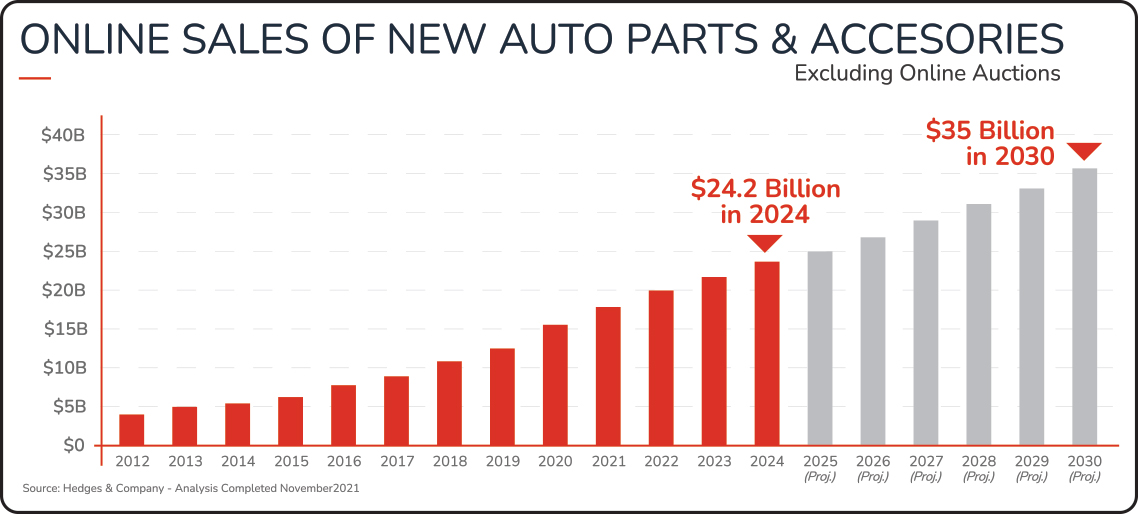
Benefits of selling OEM parts and accessories online:
- Market reach and expanded customer base: Selling parts online broadens your dealership’s visibility to nationwide parts shoppers. With a webstore and through online marketplaces like eBay and Amazon, dealerships can sell their inventory far beyond the confines of their local area.
- Gross profit and parts volume: Online parts sales may have slimmer margins than your parts counter, but the sheer volume of parts you can sell maximizes your gross profit. Plus, online platforms often include tools to optimize shipping costs, which allows you to claim another margin on shipping, further boosting profitability.
- Access to manufacturer incentives: eCommerce can unlock valuable manufacturer incentives and discounts. By integrating online sales solutions, dealerships can more easily access these benefits, leading to better margins and reduced operational costs.
- Competing with aftermarket retailers: Aftermarket retailers hold a large share of the online market, but OEM parts offer advantages they simply can’t match. As vehicle technologies advance, OEM parts stand out by delivering better performance, durability, and reliability. Now is the time to compete with aftermarket options by entering the parts eCommerce space.
- Attracting the new generation of buyers: Today’s youngest drivers have grown up in a digital world. They’re accustomed to shopping online and expect the convenience of purchasing everything, including car parts and accessories, from the comfort of their homes. An online presence for your parts department will allow you to attract this demographic and solidify your dealership’s footing in an increasingly digital marketplace.
- Modernizing the dealership: Integrating eCommerce throughout the dealership is more than just an advantage. We’re on the precipice of a meteoric shift and dealerships that drag their feet on building business strategies around new technology and consumer trends risk having to close their doors.
Strengthen Your Dealership’s Future with a Modernized Parts Department
As we enter an exciting, albeit uncertain automotive future, achieving a 100% absorption rate, and the financial security that comes with it is more critical than ever. The fastest way for dealerships to reach this goal is to invest in their parts department, a powerful but underutilized revenue generator. Retail is shifting to meet the needs of today’s shoppers and advanced auto technology. Fortune will favor those who arm their fixed operations with modern tools and embrace online parts sales. With parts eCommerce, dealerships can unlock new revenue streams and build a strong foundation for long-term growth, no matter what the future brings. Prioritizing these strategies will help dealerships secure profitability and remain competitive in a reimagined automotive industry.

